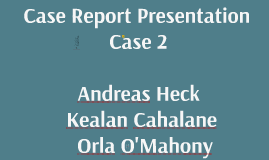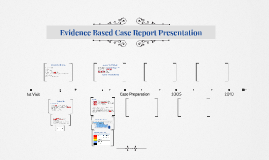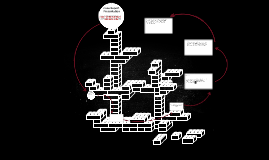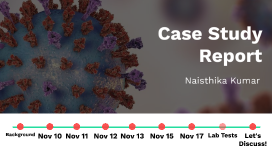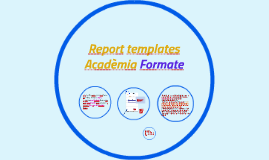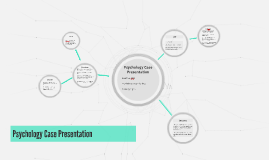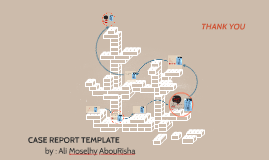Case Report Presentation
Transcript: IS IT POSSIBLE TO SEND THE PATIENT HOME AGAIN? Social Worker Nurses Delirium >7-10 days indicates possible Dementia (NICE,2013) --> return home questionable 82 y.o patient, griefs, is multi-morbid, and lives alone --> not the best indications The patient will need multidisciplinary assistance and have proper cognitive as well as physical functions. Help her with administrative work Coping strategy other legal & personal matters Diagnostic Process 1.)To have the patient out of the delirium. The CAM will be used to assess the delirious state. Within the given time of 4 weeks a delirium should subside and the patient is under medical supervision and receives treatment. 2.)To increase the patients range of motion in her shoulder to near full range. Using goniometry to measure improvements. The fracture showed no complications and the healing process should be almost done after 6 weeks. 4 weeks are enough to make the transition towards long term goals like muscle strength MRS. JOHNSON Description of Case Administering medication Surveillance of Delirium D Delirium + Subcapital humerus fracture Hypotheses: -shoulder contractures, -global atrophy, -inability to perform ADLs First assessment done in the hospital Shoulder function: AROM, PROM, MRC, VAS Functional capacity: Barthel index Short term goals: Decrease hyperlipidemia Weight-loss Decrease further complications (cardio-vascular, GI, etc) Long term goals: Occupational Therapist Integrated Care Case Report Presentation Case 2 Andreas Heck Kealan Cahalane Orla O'Mahony Nutritionist T OT Treatment to create safe living environment for individual living Nurse assist at home with some exercises also ensure safety Social Worker organize regular family check up on patient Possible: Permanent Nursing Home Relearning of everyday activities Help when possibly reintegrating her home M (Helping with) self-care Overall assistance Feeding if necessary Discussion 1)To increase the patients muscle strength in her shoulder to at least an MRC grade 4 in abduction, flexion, and extension. The patient receives daily treatments. There are no underlying conditions that would hinder her from regaining muscle strength in 4-6 weeks. 2)Prepare the patient to return home. Measuring her capabilities using the Bathel index, FES, TUG, MMSE. The patient should be able to return to her former level of health as she has no apparent incurable conditions. She was staying at home before injuring her shoulder. We aim to achieve this after 10 weeks. Doctors Diagnosis: Subcapital humerus fracture (6 weeks ago) Transferred to nursing home a week later. Delirium developed (5 weeks ago) Current problems: Confusion, disorientation, hallucinations, movement restrictions in shoulder Patient: Mrs. Johnson, 82 Housewife Widow lives alone at home






